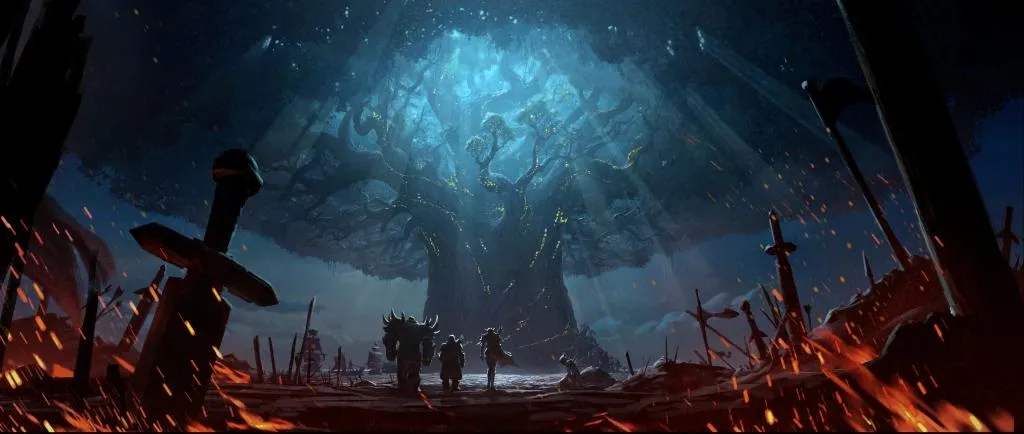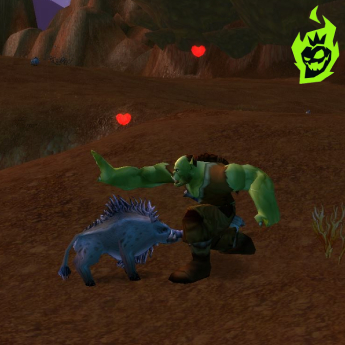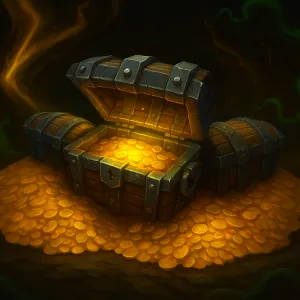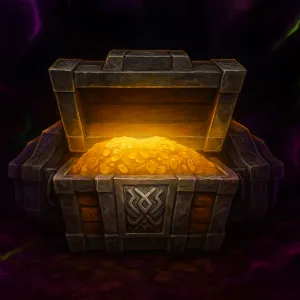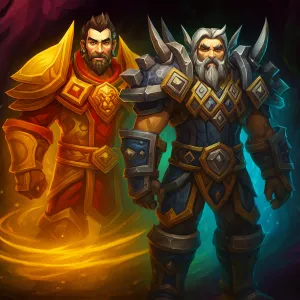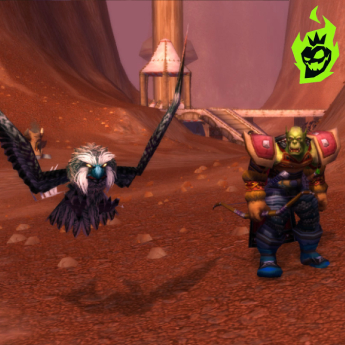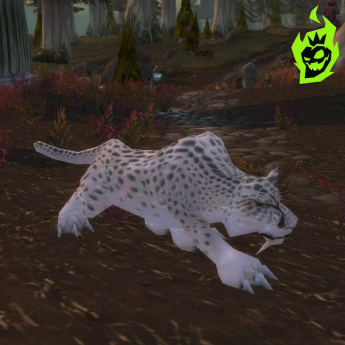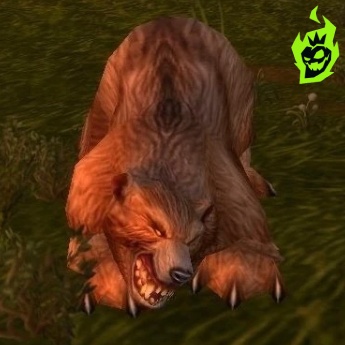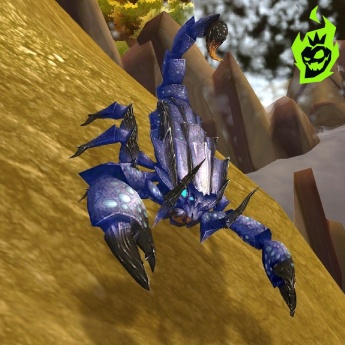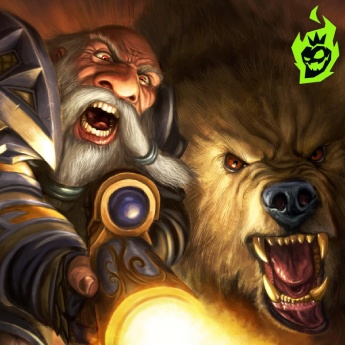WoW Classic Hunter Pets Guide
This WoW Classic Hunter Pets Guide covers the essentials of taming, loyalty and pet abilities for leveling, PvP and PvE. Many players in Vanilla WoW view hunter pets as a simple extra damage dealer but there is a layer of stats, damage calculations and focus management that makes each creature perform. Understanding pet loyalty, training points and feeding routines is key to success in raids like Molten Core or dungeons like Stratholme. With the right approach a pet can be a reliable tank, a formidable DPS partner or an expert utility companion. This guide is intended for both new and experienced hunters.
Understanding the Basics of Hunter Pets
In Vanilla WoW a hunter pet is more than just an extra DPS. Each beast is an independent entity with its own health, armor and focus and requires constant attention to max out its performance. Loyalty and happiness directly affect a pet’s damage output and will to stay by the hunter’s side. A newly tamed pet might abandon its owner if not fed properly which means constant monitoring of the pet’s mood. By understanding these basic systems a hunter gets a big advantage throughout Azeroth.
| Loyalty Level | Impact on Pet | Happiness Tier | Damage Modifier |
|---|---|---|---|
| Rebellious | Often disobeys, high feed needs | Unhappy | 75% of base |
| Unruly | Threat of running away if neglected | Content | 100% of base |
| Dependable | Responds reliably, moderate feed requirements | Happy | 125% of base |
| Best Friend | Fully loyal, minimal feed fuss | Happy | 125% of base |
These loyalty levels show how important it is to have a feeding schedule and generate steady combat XP. Pet happiness triggers damage multipliers and staying in the upper tiers is ideal for consistent performance. Each beast’s mood adjusts slowly and it helps to keep a steady supply of its favorite food. Whether the pet family is known for defensive power or raw damage, meeting its loyalty requirements makes leveling and grouping smoother. By mastering these basics hunters get a solid foundation for everything from normal quests to endgame raids.
Taming and Training Points
Taming a pet becomes available at level 10 and is a big milestone in a hunter’s career. The class quest introduces a special taming rod that is used on different wild beasts to prove the hunter’s ability to control them. After that the key abilities Tame Beast, Call Pet and Dismiss Pet are available at the capital city hunter trainer. Training points come from pet loyalty levels and the pet’s own XP gains. Spending these points on skills like Growl or passive resistances affect the pet’s performance in dungeons, battlegrounds and raids.
| Pet Level Range | Loyalty Rank | Approx. Training Points Gained | Notes |
|---|---|---|---|
| 10-19 | Unruly | 10-30 | Limited option for upgrades |
| 20-39 | Dependable | 40-90 | More flexibility with armor or resist |
| 40-59 | Dependable | 100-140 | Potential to upgrade multiple abilities |
| 60 | Best Friend | 150+ | Maximize DPS or survivability traits |
Pet training is all about smart allocation of these points. Hunters can put points into Growl for tanking or into stamina and resistances for raids like Blackwing Lair. Another way is to put points into Bite or Claw for sharper DPS in PvP. It’s good to visit the pet trainer whenever a new ability rank is available to keep the pet current. A consistent plan for training points makes a pet excel in all aspects of combat.
Pet Abilities and Attack Speed
Pet abilities in WoW Classic have both active and passive talents, each requires a certain amount of focus. Growl draws extra threat for tanking, Cower reduces it for a safer DPS oriented approach. Offensive moves like Bite or Claw keep up the damage pressure and Wind Serpents get a unique ranged attack that ignores armor. Attack speed also varies between pet families, some rare pets have super fast attack speed. Choosing the right combination of abilities gives steady results in PvE and PvP.
- Growl – Generates threat, good for leveling or group mini-tank roles.
- Cower – Lowers threat, helps to avoid unwanted mob attention.
- Bite/Claw – Base attacks for many pets, used as a focus dump for steady DPS.
- Dash/Dive – Movement speed boosts that shorten the gap between pet and target.
- Furious Howl (Wolf) – Increases melee damage for the wolf and allies, good in groups.
- 6. Lightning Breath (Wind Serpent) – Nature damage attack from range, ignores physical armor.
- Thunderstomp (Gorilla) – AoE threat tool for multiple enemies.
- Scorpid Poison (Scorpid) – Stacking poison that combines well with Viper Sting in PvP.
Top DPS Pet Families
Damage dealers are for raid, battleground or fast leveling. Some families get a direct damage bonus and others have abilities that work well with the hunter’s rotation. Cats are often the go-to for raw power, Raptors match their DPS. Wolves have moderate damage and Furious Howl for group synergy, Wind Serpents have a spell attack that ignores armor. Compare their stats to see which one fits a damage oriented playstyle.
| Pet Family | Damage Modifier | Special Ability | Diet |
|---|---|---|---|
| Cat | +10% | Prowl, Dash, Bite/Claw | Fish, Meat |
| Raptor | +10% | Bite/Claw | Meat |
| Wolf | 0% (but Furious Howl adds group DPS) | Furious Howl, Dash, Bite | Meat |
| Wind Serpent | 0% (Lightning Breath ignores armor) | Lightning Breath | Fish, Raw Meat |
Both cats and raptors have the same damage bonus, but cats have extra utility with Prowl. Wolves don’t have raw damage but Furious Howl adds to the party’s melee damage. Wind Serpents are popular for endgame PvE due to their magic attack that ignores armor and focus efficiency. The best DPS pet depends on whether you want personal damage or a group buff. Each one can handle leveling zones and hold its own in endgame instances.
Best Tank Pets
Tanking pets are best for solo play and small dungeon groups. High armor, bonus health or special defensive abilities make certain families stand out in tough encounters. Boars run at opponents with Charge, bears use their large HP pool to absorb damage. Turtles have the highest armor and gorillas have Thunderstomp for AoE threat. Choosing a tank pet means balancing durability with threat control.
| Pet Family | Survival Bonus | Unique Ability | Feeding Options |
|---|---|---|---|
| Bear | +5% Armor, +8% HP | None (but large HP) | Bread, Cheese, Fruit, Fungus, Meat |
| Boar | +13% Armor | Charge (1-sec root) | Bread, Cheese, Fungus, Fruit, Meat |
| Turtle | +13% Armor | Shell Shield (-50% damage) | Fish, Fruit, Fungus |
| Gorilla | +4% HP | Thunderstomp (AoE threat) | Fruit, Fungus |
| Carrion Bird | +5% Armor | Screech (attack power debuff) | Meat, Fish |
Each family has traits that put it in the top tier for tanking. Boars run straight at the enemy, often preventing the mob from reaching the hunter’s dead zone. Turtles absorb physical hits with their shells, while gorillas grab multiple targets at once with Thunderstomp. Carrion birds might be underappreciated but their Screech reduces enemy attack power in groups. Considering these factors yields a pet that excels in high damage encounters.
Utility Pets and Special Situations
Some pets fill niches beyond damage or tanking. Abilities like Scorpid Poison stack nature damage, boars Charge limits a mob’s movement. Bats and owls use Screech to reduce enemy attack power in an area for multi-target fights. Rare pets like Broken Tooth have 1.0 attack speed and are sought after for Frenzy trigger if the hunter invests in Beast Mastery. Adapting to specific situations sometimes means using these exotic families.
| Pet Type | Unique Feature | Notable Benefit | Potential Drawback |
|---|---|---|---|
| Boar | Charge (1-sec root) | Immediate gap-close in PvP | Low base damage |
| Scorpid | Poison stacking (nature damage) | Disrupts poison dispel in PvP | -6% damage modifier |
| Bat | High attack speed (some at 1.0) | Frequent crits for Frenzy | No major tanking advantage |
| Owl | Screech (AoE attack power debuff) | Lowers group damage taken | Lower single-target DPS |
| Broken Tooth | 1.0 attack speed (rare spawn) | Excellent for constant pushback in PvP | Difficult to locate and tame |
| Lupos | Shadow damage attacks (pre-1.9 patch) | Ignores armor completely | Rare spawn, often heavily camped |
Bears, boars and similar pets can fill multiple roles but these special pets shine in specific situations. PvP hunters use a scorpid to layer poisons with Viper Sting for mana control. A fast bat or Broken Tooth interrupts spellcasters with fast hits, pressure in duels. Lupos used to deal shadow damage but Blizzard changed that in patch 1.9. These unique features allow for creative play in all forms of content in Azeroth.
Choosing Your Ideal Companion
Choosing a pet in WoW Classic is a personal choice based on playstyle, faction and leveling speed. Some players use a boar for open world farming, others a cat for burst or a wolf for group buff. In raids endgame, raid composition often matters more than personal damage. Whether PvP or PvE, a well fed and trained pet is your best friend. Just try out different families and find the one that fits your path in Azeroth.
